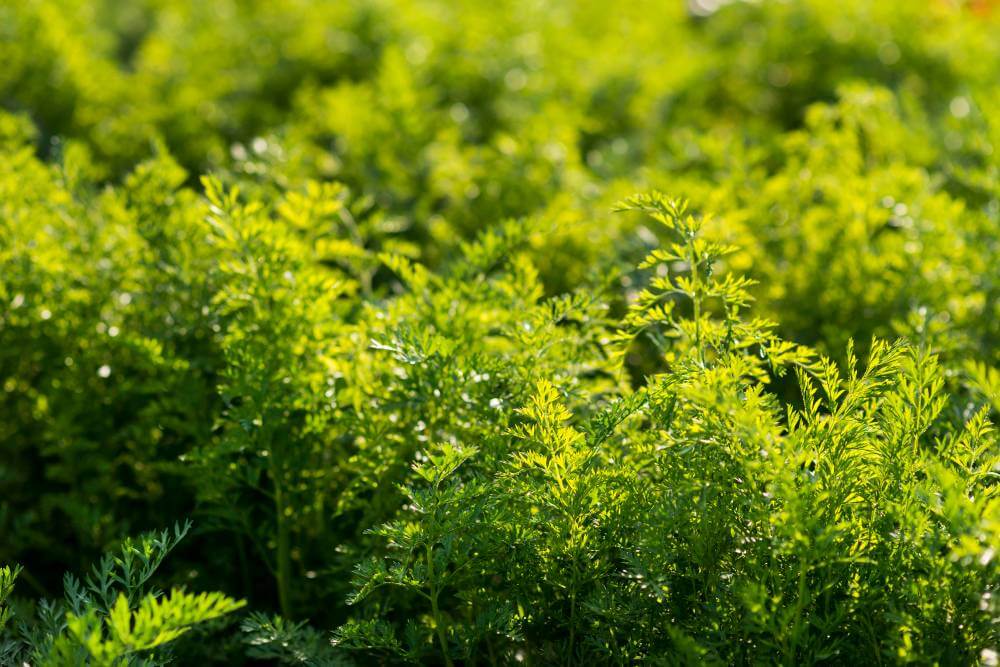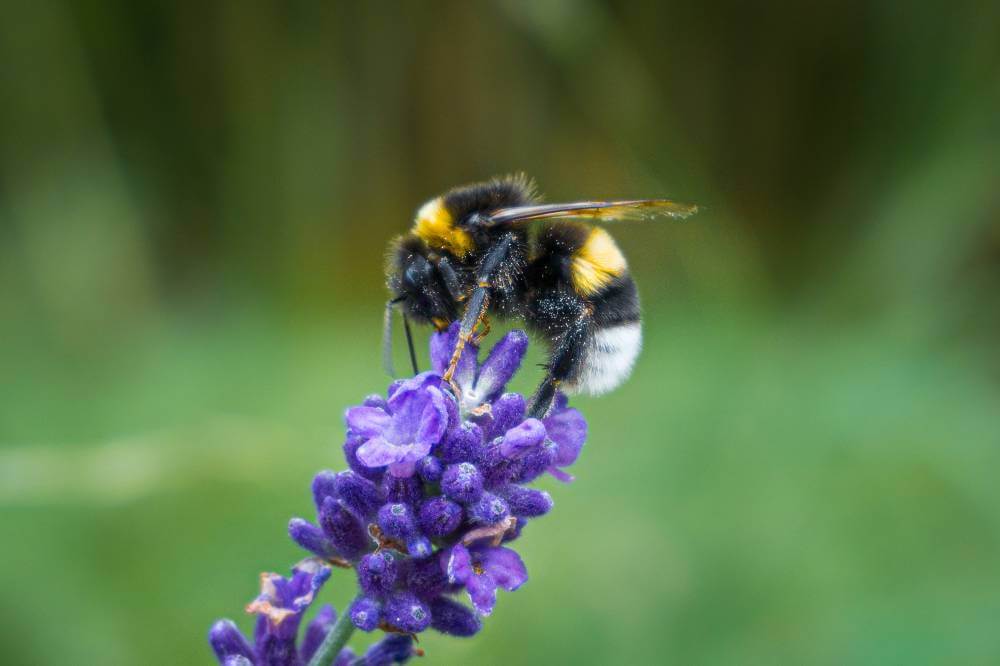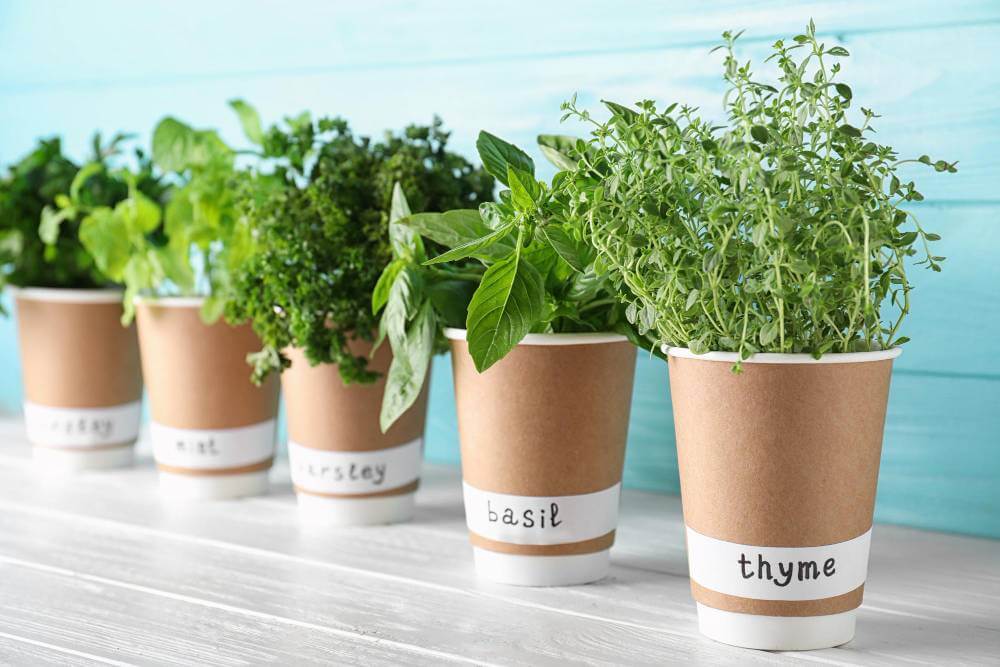Greetings, fellow gardeners! Today, we’re diving deep into the delightful world of marjoram – a herbaceous wonder that not only enhances your culinary creations but also brings a burst of aromatic joy to your garden. So, let’s elevate your garden and kitchen with the sweet, savory, and aromatic allure of marjoram!
Benefits and Typical Uses of Marjoram
Marjoram isn’t just a pretty herb – it’s a powerhouse of flavor and wellness benefits! In the kitchen, its delicate leaves impart a sweet, slightly citrusy taste that complements everything from roasted meats to fresh salads and hearty stews. Whether used fresh or dried, marjoram adds a nuanced depth that elevates ordinary dishes to extraordinary levels. Beyond its culinary charm, marjoram boasts medicinal properties that soothe digestion, ease muscle tension, and promote relaxation – a true multitasker in your herb garden and pantry.
Different Varieties to Explore
Delve into the diverse world of marjoram varieties, each offering its own unique flavor and growth characteristics. Sweet Marjoram (Origanum majorana), with its gentle aroma and compact growth, is perfect for containers or small garden spaces. Pot Marjoram (Origanum onites) brings a robust, peppery flavor ideal for those seeking a more intense culinary experience. Whether you choose the classic sweetness or opt for a bolder taste, marjoram varieties promise to delight your taste buds and enhance your culinary adventures.
Annual or Perennial: Understanding Marjoram’s Lifecycle
One of the joys of growing marjoram is its perennial nature in many regions. Once established, this herb returns year after year, bringing consistent flavor and fragrance to your garden. In colder climates, treat marjoram as an annual or protect it during frosty winters to ensure its longevity. With proper care and a sunny spot, marjoram rewards gardeners with abundant foliage and flowers that attract beneficial insects – making it not just a culinary delight but a garden favorite.
Best Planting Season for Marjoram
Timing is crucial when planting marjoram to ensure robust growth and a bountiful harvest. Aim to plant in spring after all danger of frost has passed, allowing marjoram to establish strong roots before the heat of summer. Starting seeds indoors 6-8 weeks before the last frost date gives you a head start on the growing season and ensures healthy seedlings ready for outdoor transplanting. Whether in pots or garden beds, marjoram thrives in well-drained soil and full sun, soaking up warmth and nutrients for optimal growth.
Sun or Shade: Meeting Marjoram’s Light Preferences
Like a sun-seeking enthusiast, marjoram craves plenty of sunshine to flourish. In hot climates, a touch of afternoon shade can prevent scorching and maintain leaf quality. Balanced sunlight not only promotes healthy growth but also intensifies marjoram’s aromatic profile, ensuring every harvest is packed with culinary potential.
Winter Care: Nurturing Marjoram Through Chilly Months
As temperatures drop, pamper your marjoram to ensure its survival through winter’s chill. In colder regions, consider planting in containers for easy indoor relocation when frost threatens. Outdoor plants benefit from a thick layer of mulch around the base to insulate roots and protect against freezing. Pruning back dead or damaged growth in late fall encourages vigorous spring regrowth, ensuring your marjoram returns with renewed vigor and abundant foliage. With a little care, marjoram proves its resilience and continues to delight year after year.
Seeds vs. Seedlings: Choosing Your Marjoram Start
Whether starting from seeds or seedlings, marjoram offers options to suit every gardener’s preference and timeline. Growing from seeds allows you to witness the complete growth cycle, from tiny sprouts to robust plants ready for harvest. Start indoors in well-draining soil, keeping seeds moist until germination occurs. Transplant seedlings outdoors after the last frost date for a seamless transition into garden beds or containers. Alternatively, opt for nursery-grown seedlings for a quicker start and immediate impact on your garden layout. Whichever method you choose, marjoram’s journey from start to seasoning promises a rewarding experience and flavorsome rewards.
Propagating Marjoram: Exploring the Cutting Edge
For gardeners keen on propagation, marjoram offers an exciting opportunity through cuttings. Select a healthy stem, ideally with several leaf nodes, and trim just below a node to encourage root development. Remove lower leaves to expose nodes and dip the cutting in the rooting hormone for enhanced growth. Plant in a moistened mix of perlite or vermiculite, keeping the cutting in a warm, bright location with indirect sunlight. Regular misting maintains humidity levels critical for root formation. Before long, roots will be established, signaling success! Transplant your rooted cutting into well-draining soil and watch it flourish into a robust herb.
Grow Indoors or Outdoors: Where Marjoram Thrives Best
Marjoram is versatile enough to thrive both indoors and outdoors, depending on your climate and space constraints. Indoors, provide ample sunlight and well-draining soil in containers near sunny windowsills or under grow lights. Outdoors, choose a sunny spot with fertile, well-drained soil. Marjoram enjoys warmth but can tolerate mild climates with proper care. Whether indoors for year-round access or outdoors for natural sunlight and space, marjoram adapts to various environments with ease.
Best Soil for Growing Marjoram: Rooting for Success
For thriving marjoram, opt for well-draining soil of sandy loam enriched with organic matter ensuring good drainage and nutrient availability. Avoid heavy, waterlogged soils that can lead to root rot. Container-grown marjoram benefits from a potting mix designed for herbs or a combination of potting soil, perlite, and compost. Prioritize soil quality to support healthy root development and robust growth throughout the growing season.
Potting Up: Instructions for Growing Marjoram in Containers
Growing marjoram in pots offers flexibility and control over soil conditions and placement. Choose a container with drainage holes and fill it with a well-draining potting mix. Plant seedlings or rooted cuttings, leaving space for growth. Place in a sunny location and water when the top inch of soil feels dry. Container-grown marjoram may require more frequent watering and occasional feeding with a balanced fertilizer during the growing season. Prune regularly to maintain compact growth and encourage new foliage.
Hydroponic Cultivation: Diving into Water-Based Gardening
For innovative gardeners, hydroponic marjoram cultivation offers a water-based alternative to traditional soil methods. Set up a hydroponic system with nutrient-rich water and an inert growing medium like perlite or coconut coir. Provide adequate light – ideally, 12-16 hours daily – and maintain pH and nutrient levels for optimal growth. Hydroponic marjoram requires regular monitoring of water quality and nutrient levels to ensure healthy, flavorful harvests year-round.
Watering Instructions: Quenching Marjoram’s Thirst
Keep marjoram soil consistently moist but not waterlogged. Water deeply when the top inch of soil feels dry, ensuring roots receive adequate hydration. In hot weather, increase the watering frequency to prevent soil from drying out completely. Container-grown marjoram may need more frequent watering due to faster soil drying. Avoid overhead watering to prevent foliage diseases and focus irrigation at the base of plants. Consistent moisture supports vigorous growth and flavorful herb production.
Companion Planting: Herb, Flower, and Vegetable Allies
Marjoram makes an excellent companion plant in the garden, benefiting nearby herbs, flowers, and vegetables. Plant marjoram near tomatoes to enhance flavor and deter pests, or alongside basil and oregano for a Mediterranean herb garden. Pair marjoram with herbs like thyme, sage, and lavender, which complement its growth habits and cultural requirements. Strategic companion planting maximizes garden space and enhances overall plant health.
Planting Foes: Choosing Marjoram’s Garden Bedfellows Wisely
While marjoram thrives alongside certain plants, it’s important to avoid planting near incompatible species. Keep marjoram away from fennel, cabbage, and other brassicas that may inhibit growth or alter flavor. Consider the size, growth rate, and nutrient needs of neighboring plants to create a harmonious garden environment that supports Marjoram’s health and productivity.
The Buzz on Pollinators: Marjoram’s Allure to Beneficial Insects
Marjoram’s fragrant blooms attract pollinators such as bees, butterflies, and hoverflies, enhancing garden biodiversity and promoting fruit set in nearby plants. Plant marjoram near fruit trees or vegetables like peppers and eggplants to boost pollination and increase yield. Avoid pesticides that harm beneficial insects, as they play a crucial role in garden ecology and plant reproduction. By cultivating marjoram, you create a haven for pollinators and contribute to a thriving garden ecosystem.
Pruning Instructions: Shaping Marjoram for Optimal Growth
Pruning marjoram encourages bushy growth, improves air circulation, and prolongs the plant’s productive life. Regularly trim spent flowers and leggy stems to promote new growth and prevent disease. Use clean, sharp scissors to make clean cuts just above leaf nodes, where new growth emerges. Prune marjoram in spring to remove winter damage and shape the plant for vigorous summer growth. Avoid over-pruning, as it may stress the plant and reduce overall productivity. With proper pruning, marjoram remains a compact, flavorful addition to your herb garden.
Pest Treatment: Keeping Marjoram Free from Unwanted Visitors
While generally resistant to pests and diseases, marjoram may occasionally encounter aphids, spider mites, or powdery mildew. Monitor plants regularly for signs of pests, including distorted leaves or sticky residue. Remove aphids with a strong stream of water or treat infestations with insecticidal soap. Spider mites can be controlled with neem oil spray, while powdery mildew benefits from improved air circulation and fungal treatments. Avoid chemical pesticides that harm beneficial insects and opt for organic solutions to protect marjoram’s natural flavors and health benefits.
Recap of Marjoram’s Garden Adventure
In this journey through growing marjoram, we’ve uncovered its culinary charm, medicinal benefits, and gardening secrets. By mastering these aspects of marjoram cultivation, you ensure a thriving herb garden that not only delights the senses but also supports a healthy ecosystem. Whether growing indoors or out, in soil or hydroponically, marjoram’s aromatic allure and culinary versatility make it a must-have for gardeners and chefs alike.
Join me in exploring more herbal wonders on my blog – where every post blooms with inspiration and practical gardening tips!







